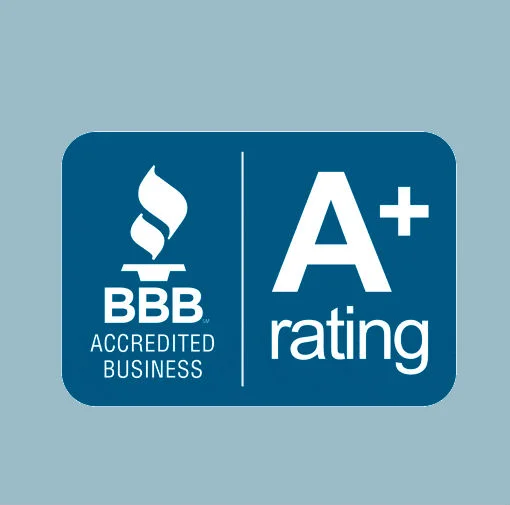Reputation Management Primer: The Essential Tool You Didn’t Know About

Most physicians regard their professional reputation as their most prized—and most highly protected—possession. As healthcare providers, there may also be a practice name, a group name, a hospital or medical facility name. Although the business entities also have a reputation to be concerned about, the individual name (and connected reputation) that is the most essential element.
The first connecting point between a patient and a physician is most likely to be online. (The same is true for healthcare facilities, hospitals and other providers.) And while it is relatively easy to adjust a doctor’s CV on paper, an online reputation or identity requires regular monitoring and proactive management.
Related: Reputation Management for Doctors
Why the time and effort is a worthwhile investment.
Your online professional reputation is part of your brand messaging—your personal brand and your practice or business brand. Typically, your reputation is of interest to two primary audience groups; “public” and “professional.”
Public audience: mainly this group includes prospective patients, patients, as well as friends, family and others related to patients.
Professional audience: this includes professional peers, colleagues, prospective and active referral sources, hospitals, organizations, associations, employers and prospective employers.
The pervasive nature of Internet means your public and professional image, identity and reputation are available anytime, anywhere to a huge group of individuals…by far, a larger group than the sum of your everyday encounters with patients, colleagues, staff, coworkers and friends.
Although it is not possible to control every aspect of what is seen online, it is possible—and highly desirable—to manage, direct, influence and build your professional image. Here’s how to begin…
Google’s Me on the Web: The Essential Tool You Didn’t Know About
Reputation management begins with a current and first hand awareness of how you are represented in this large and diverse online identity. Google—the world’s largest and most commonly used search engine—recognizes identity and reputation issues are common to businesses, executives, job seekers, employers, professionals and individuals.
Chances are you missed it, but just less than two years ago, Google provided the digital universe (or at least everyone with a Google account) with an online reputation management tool called Me on the Web. It’s free via the Google Dashboard, and offers three key benefits, all-in-one-place.
- SEARCH FOR YOURSELF: Google provides a fast search tool to find what people find online. Always do multiple searches using names, variations of names, business names and common search words and terms. (Use every search name/term that the an individual user is likely to use.)
- MANAGE WEB ALERTS: Install a routine whereby Google will alert you via email when your name or selected search words appear online. You can create multiple alerts and set how often you want to receive notices.
- CREATE A GOOGLE+ PROFILE: A personal profile via Google Plus is one means to proactively “control the message” and present your reputation in your own words and format.
The Me on the Web tool is an excellent starting point because it leverages the search muscle of Google, because it’s easy to use, and because it’s free. It’s best to begin with Google, the big one, although there are various other software tools that provide similar reputation monitoring and management options. [Social Mention, Yasni, TweetBeep, for example.]
We'll have additional posts on this topic, but click through here to get stated with Me on the Web. And for a related article read, When We Say “Your Brand,” You Should Be Thinking “Professional Reputation.”
Stewart Gandolf, MBA
Related Articles:
Protecting Your Reputation: Doctors Who Ignore Social Media Are at Risk
Reputation Management Update: What It Means for Business
10 Commandments of Online Reputation Management for Physicians [Part One]
Getting it Right: More Physician Reputation Management Rules [Part 2]
Beware of These 6 Reputation Management Mistakes Most Doctors Make









